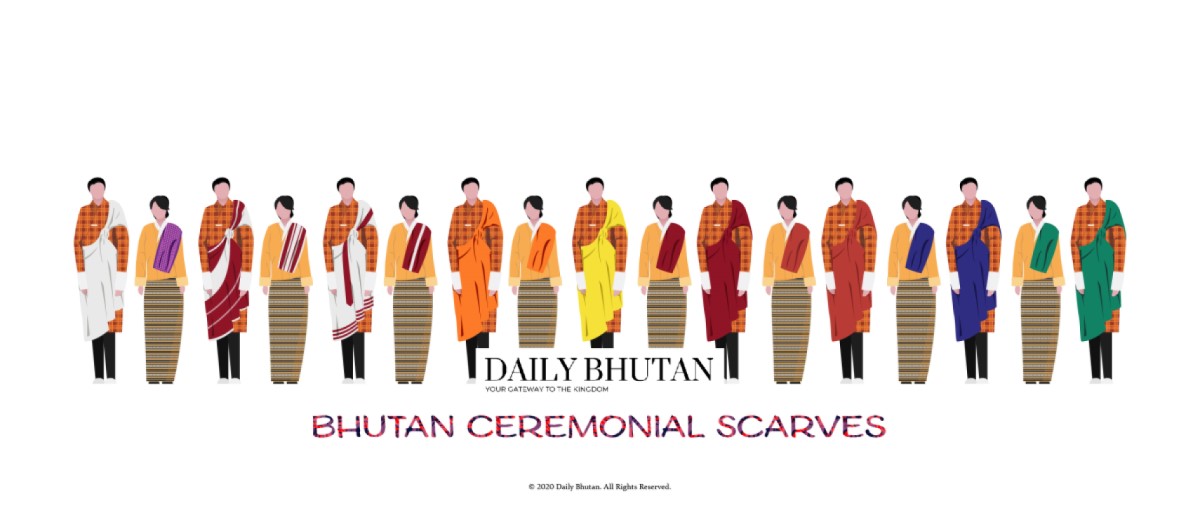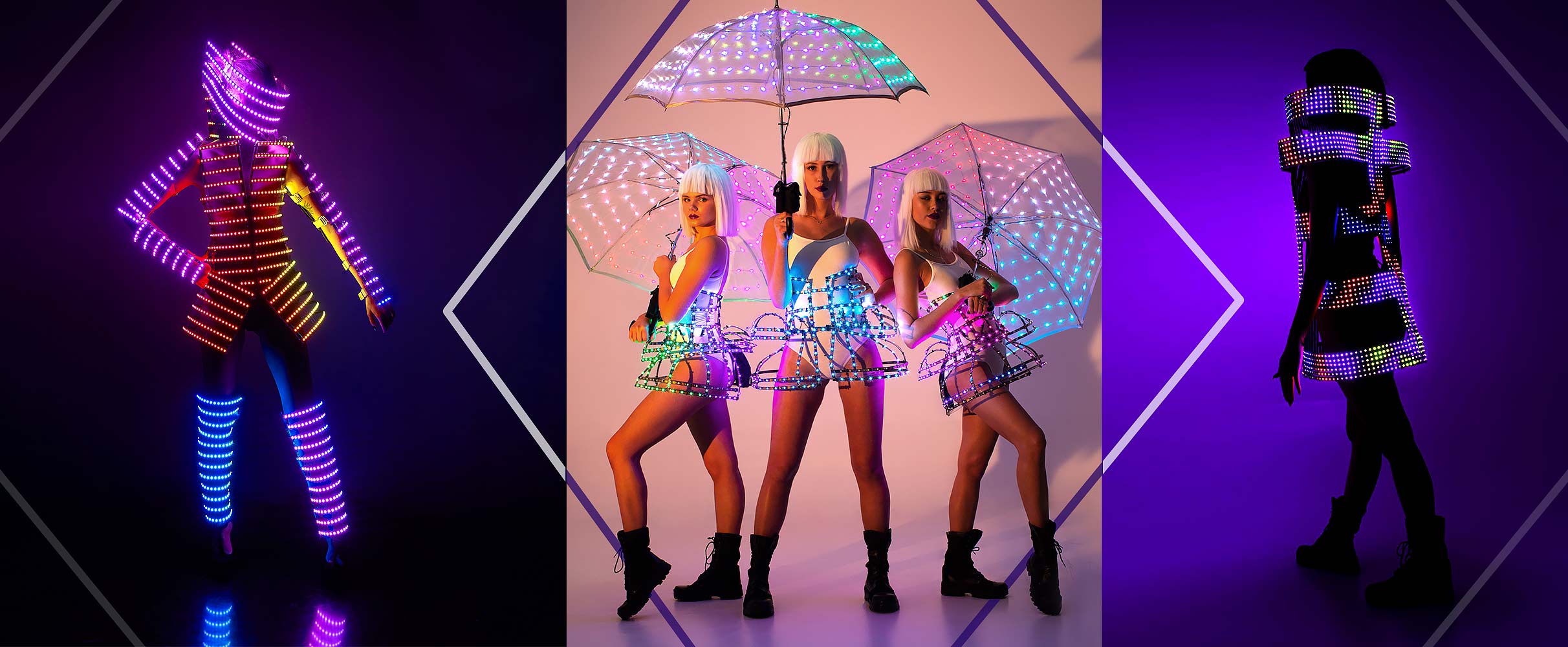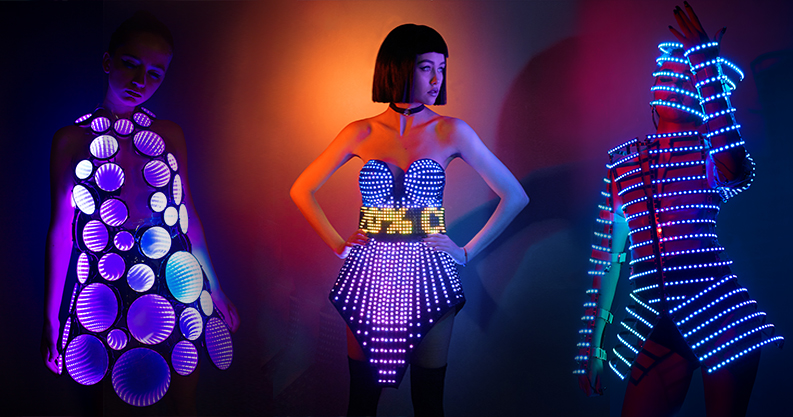Week 16
- Category: Application and Implication
- Sessions Date: 18th May, 2022
- Assignment:
- Combination of Different Units of the Project
Weekly Assignment
The assignment for the 16th week was on application and implications. This week is mainly focused on project that combines the units that have been covered. The task that has been assigned is to carry out the documentation and then answer the various questions with respect to our final project.
Final Project BackgroundFor the final project, I have been working on an electronic traditional scarf known as e-rachu. This project is somewhat of a new idea in our country, (have been fashion designers in other countries). This is a traditional scarf that people in my country wear during special occasions or when they visit important organizations. The knowledge on fabrication and other electronics that I have gathered from Fab Academy has been integrated into the scarf. Our country is in constant fear that the exponentially growing technology will overpower the beautiful tradition it has preserved till now. However, through the project I wanted to display that tradition and technology can co-exist together.

What will it do?
Besides functioning as a regular scarf, it can be used as a source of illumination in dark places. The scarf has various sensors and processors that make this possible. In our country, The LDR sensor will detect the intensity of light and based on the program that has been fed in the microcontroller the output LED responds. One of the features it has is that if the intensity of light is very less the LED lights up really bright and flickers intensely. If the opposite condition exists, then the LED doesn’t light up. As stated above, one of the main problems it will solve is to eradicate the fear of people that technology caused degradation of culture.
Even though there might be projects done by other people regarding this concern, this project is the only one in Bhutan. The pictures below show some of the products that were designed by other poeple which have the similar concept.


Materials Used
- Raw Silk
- Polyester Fabric. I am planning to dye the scarf with natural colors. So the colors of the polyester fabrics must be something that stands out. White, Yellow, Green are my choices for now
- Stripe Clothing LEDs
- 5V Power Supply
- ESP 32
- Electronic Components for Controller (Microcontroller)
- Sensors (LDR)
- 2 Resistors
- 2 Capacitor
- 2 Regulators
- 1 Switch
- 1 MOSFET
- 1 Slider Switch
What does it do?
The project is focused mainly on combining tradition with technology. The priority is given in making sure that is a balance between the beauty of the traditional fabric and the modern touch of technology. However, it can also serve as a source of illumination when women go in dark areas with no street light etc. The project is to integrate the evergreen culture of Bhutan with the ever-growing technology.
What did you design?The design was kept as simple as possible. Goal while designing the product was to bring down the cost as much as possible. The raw silk that has been dyed is recycled. The scarf has been stitched with stripes of LED. The functionality of the scarf is such that when the LDR senses light value less than 10, the LED lights up brightly and flickers intensely, for sensor value between 11 to 100 it will light up bright and flicker slowly, for sensor value more than 101 it doesn’t light up. All of the required functionalities work properly with no error.
Where did they come from? How much did it cost?Most of the components required for my project was available in the lab’s inventory. Some of the purchases made were LED strip and design fabrics.
| Sl No. | Items | Quantity | Source | Approx Price |
|---|---|---|---|---|
| 1 | ESP32-WROOM-32 | 1 | Fab Inventory | - |
| 2 | LDR Sensor | 1 | Fab Inventory | - |
| 3 | LED Strip | 3 | Amazon.in | Nu.750 |
| 4 | Resistors | 2 | Fab Inventory | - |
| 5 | Capacitors | 2 | Fab Inventory | - |
| 6 | Regulators | 2 | Fab Inventory | - |
| 7 | Switch | 1 | Fab Inventory | - |
| 8 | Raw Silk | 1 | Local | Recycled |
| 9 | MOSFET | 1 | Fab Inventory | - |
| 10 | Slider Switch | 1 | Fab Inventory | - |
| 11 | Jumpers | As Per Requirement | Fab Inventory | - |
| 12 | Fabric for Design | 2 | Fab Inventory | Nu.200 |
| 13 | Miscellaneous | - | - | Nu.500 |
What parts and Systems were made?
- Fabrication of the Controller Boards of ESP32-wroom
- 3D designed the controller case using Fusion and printed it
- Integration of the input (LDR sensor) with the output (LED)
- One board in the controller case that looks after the overall functionality
| Sl No. | Particular | Process |
|---|---|---|
| 1 | Fabrication of the main controller board through the ESP32-WROOM-32 | PCB Milling Machine |
| 2 | Coloring the Raw Silk | Dyeing with beetroot and other natural dyes |
| 3 | Cutting the Fabric Design | Laser Cutter was utilised |
| 4 | Printing of Controller Case | 3D Printer |
| 5 | Soldering of the components and making the circuit | Soldering and Wiring |
What Questions were Answered?
What motivates you for this project?
My project is based on what is required the most. With my project system working and utilized by required people it will help people in my country understand that technology can help with beautification our tradition and not it's degradation. It can also serve as illumination in places where there is an absence of street lights. One of the ways it can be applied in the real world is by being an indicator that there is someone walking down a road and preventing unnecessary accidents.
How well can your project be in real field?My project is not something that needs to be implemented in large scale. However, in case if it is to be implemented for long distances, there is a need to change the power supply from a 5V DC to a chargeable one. So this means there might be a need to use a larger battery storage for power supply.
How sure are you that you will complete the project on time?I have already finished most of the electronic work and the work that needed to be done to dye the scarf. Which means that the only job that I have left for the following weeks is to assemble the product and then testing it out. So I am positive that I will finish all the work on time
Future ScopeIn order to improve the project, the following need to be done:
- Make a mobile application that can be used to change the intensity and the frequency at which the LED brightens or flickers respectively
- Make the e-rachu rechargeable and have an indicator that indicates the available battery percentage
- Incorporate more features into the e-rachu
Everything that was initially planned is functioning well. One thing that I want to add is a rechargeable power supply. It is inconvenient to use the 5V power supply while traveling long distances.
How was it evaluated?The evaluation was done based on how well it functioned and how good it looked. Though I have no intention of producing it in a large quantity, based on how well it works I might change my thoughts.



